Image of 1940 Lasalle Series 50, Note: These illustrations use artistic license and may differ from actual historical models.
Performance Metrics
Fundamental Metrics
Emotional Appeal
MMP Rating
| Engine Specifications | |
|---|---|
| Engine: | L-head V8 |
| Displacement: | 322 cu in (5.3 L) |
| Horsepower: | Estimated 130 hp |
| Torque: | Not available |
| Compression Ratio: | Not available |
| Ignition System: | Battery and coil |
| Cooling System: | Liquid-cooled |
| Performance Specifications | |
| 0-60 Time: | Not available |
| 1/4 Mile Time: | Not available |
| Top Speed: | Estimated 85 mph |
| Transmission and Drive | |
| Drive Type: | Rear-wheel drive |
| Transmission Type: | 3-speed manual |
| Fuel and Efficiency | |
| Fuel System Type: | Carburetor |
| MPG: | Not available |
| Dimensions and Brakes | |
| Brakes: | Drum brakes |
| Wheelbase: | 123 inches |
| Weight: | Estimated 3,600 lbs |
Note: Specifications for classic cars are given to the best of our ability, considering the limited and variant data available.
Unveiling the Elegance of the 1940 LaSalle Series 50
As the curtain fell on the era of opulence that defined the 1930s, one automobile stood as a testament to enduring luxury and design—the 1940 LaSalle Series 50. Crafted by Cadillac, a marque synonymous with prestige, the LaSalle emerged as an accessible slice of sophistication. Its origin can be traced back to General Motors' desire to fill the gap between Buick and Cadillac, with LaSalle becoming a beloved brand in its own right. The Series 50 was among the final chapters in LaSalle's illustrious story, marking a poignant moment in automotive history as it bid farewell just a year later.
What sets this vehicle apart is not just its craftsmanship but also its role as a harbinger of change. As World War II loomed, the LaSalle Series 50 represented one of the last peacetime offerings before American industry pivoted to support the war effort.
Design and Innovation
The 1940 LaSalle Series 50 was a symphony of steel and chrome, with a sleek profile that exuded motion even at a standstill. Its exterior styling featured a bold, egg-crate grille that became an iconic element of LaSalle's identity. The vehicle's silhouette was long and low, with sweeping fenders that flowed into the bodywork—a hallmark of automotive design in that era.
Inside, occupants were enveloped in luxury. The cabin boasted rich materials such as fine leathers and polished woods. Despite being more affordable than its Cadillac siblings, no compromise was made on quality or comfort. Technological features for its time included a column-mounted gearshift and an optional Hydra-Matic automatic transmission—innovations that would become standard in years to follow.
Color options for the Series 50 were diverse, ranging from stately blacks and blues to vibrant reds. Among these, hues like Antoinette Blue and Valcour Maroon were particularly popular with buyers seeking both elegance and flair. Body styles included coupes, convertibles, and sedans, but it was perhaps the convertible coupe that captured hearts most with its blend of style and open-air freedom.
Historical Significance
The LaSalle Series 50's impact on automotive design cannot be overstated. It bridged the gap between luxury and practicality, introducing features that would become staples in future generations of automobiles. Its blend of performance and affordability set it apart from contemporaries and carved out a unique niche within the market.
The lasting influence of the LaSalle is evident in how it paved the way for post-war designs, influencing everything from body styling to technological integration within vehicles.
Performance and Handling
The heart of the 1940 LaSalle Series 50 was its robust 322 cubic inch flathead V8 engine. This powerhouse delivered smooth acceleration and was capable of reaching top speeds that flirted with 100 mph—a remarkable feat for its time. The car's acceleration from 0-60 mph was equally impressive for an automobile of its stature.
Handling-wise, drivers praised the Series 50 for its solid road presence and ability to absorb bumps gracefully. Behind the wheel, one could expect a symphony of mechanical harmony—the hum of the engine complementing the tactile feedback from the road below.
Ownership Experience
The LaSalle Series 50 served multiple roles—from daily driver to showstopper at classic car events. Its reliability was commendable for its era, though modern owners should anticipate regular maintenance to preserve this piece of automotive history. Fortunately, due to its shared DNA with Cadillac parts are relatively accessible for restoration enthusiasts.
Fun Facts
A curious tidbit about this classic is that despite its luxury status, it found favor among various police departments for its performance capabilities. While records on speed or endurance may not define it, its cultural impact does—with appearances in period films adding to its Hollywood glamour.
Criticisms were few but did include remarks on fuel consumption—a common trait among vehicles of this size during that period.
Collector's Information
Today's collector market values a well-maintained 1940 LaSalle Series 50 quite highly. Production numbers were limited as World War II approached; estimates suggest fewer than 15,000 units were produced across all body styles. Current value ranges can vary widely but expect figures northward of $40,000 for pristine examples—with rarer body styles or those with historical provenance fetching even higher prices.
The appreciation trend for this model has been positive over time as collectors recognize both its beauty and significance within automotive history.
Conclusion
The 1940 LaSalle Series 50 stands as an icon—a final flourish from a brand that encapsulated luxury without pretense. It remains not just a collector's item but also a piece of history; a reminder of an era when craftsmanship reigned supreme in automotive design. For those fortunate enough to own one today, it serves as both a joyous relic to drive and an investment into automotive heritage.
1940 Lasalle Series 50 Catalog of Parts
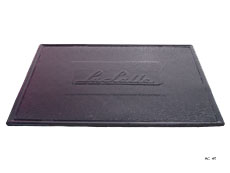 1940 LaSalle Series 50 Accessory Floor Mat - 12"X17"-AC 45Accessory Floor Mat - made of high quality black rubber with molded original emblem. Also designed to be sewn into new carpets. 12"X17", Each
1940 LaSalle Series 50 Accessory Floor Mat - 12"X17"-AC 45Accessory Floor Mat - made of high quality black rubber with molded original emblem. Also designed to be sewn into new carpets. 12"X17", Each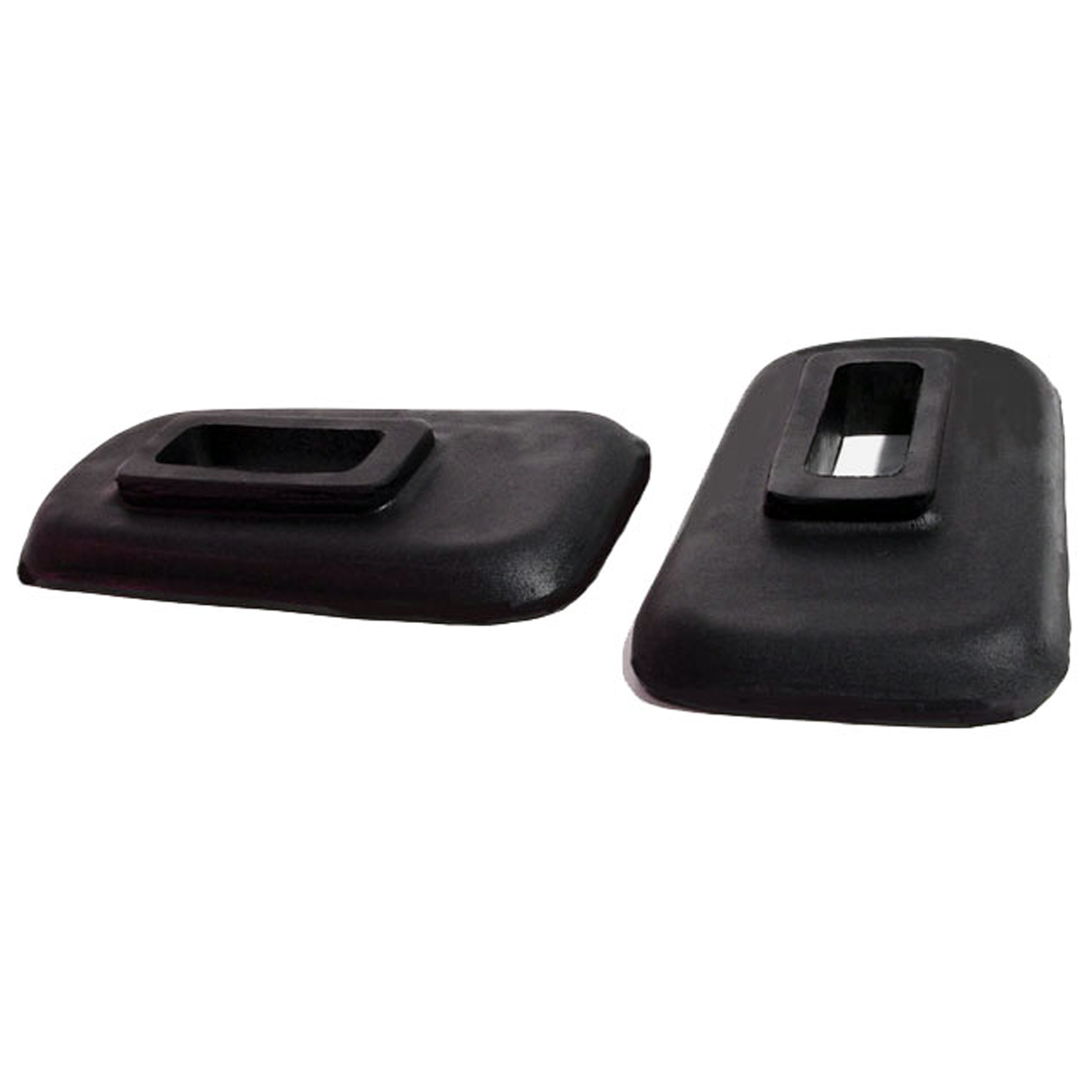 1940 LaSalle Series 50 Rear Bumper Arm Grommets-BG 44Rear Bumper Arm Grommets. 2-3/8" wide X 4-3/8" long, with 1-5/8" long inner slot. Pair
1940 LaSalle Series 50 Rear Bumper Arm Grommets-BG 44Rear Bumper Arm Grommets. 2-3/8" wide X 4-3/8" long, with 1-5/8" long inner slot. Pair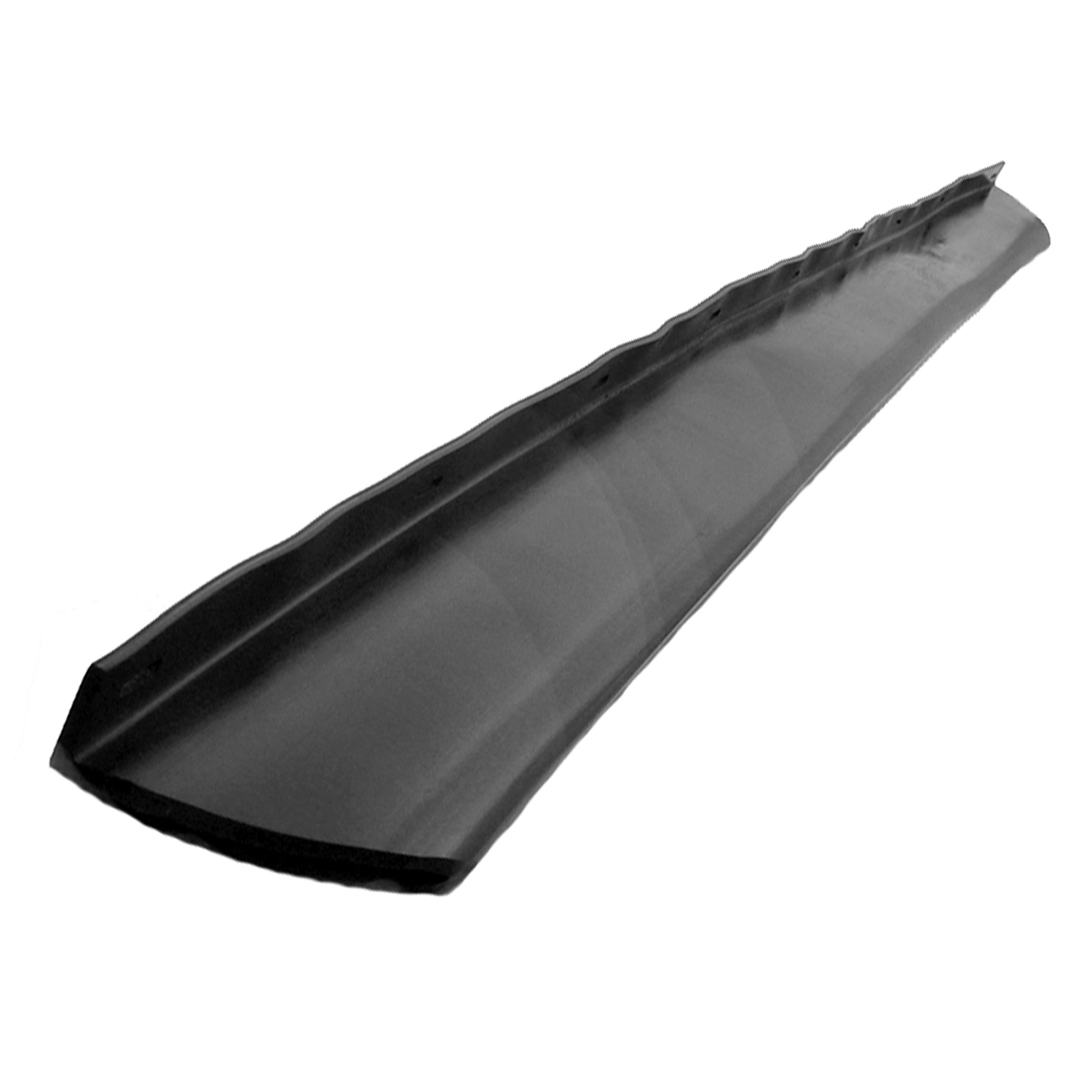 1940 LaSalle Series 50 Rear Bumper Valance Splash Shield-BG 86-DRear Bumper Valance Splash Shield. '39-'40 LaSalle Series 50 and 52. Dense rubber formed extrusion. 58-1/2 in. long with correct mounting slots. Each.
1940 LaSalle Series 50 Rear Bumper Valance Splash Shield-BG 86-DRear Bumper Valance Splash Shield. '39-'40 LaSalle Series 50 and 52. Dense rubber formed extrusion. 58-1/2 in. long with correct mounting slots. Each.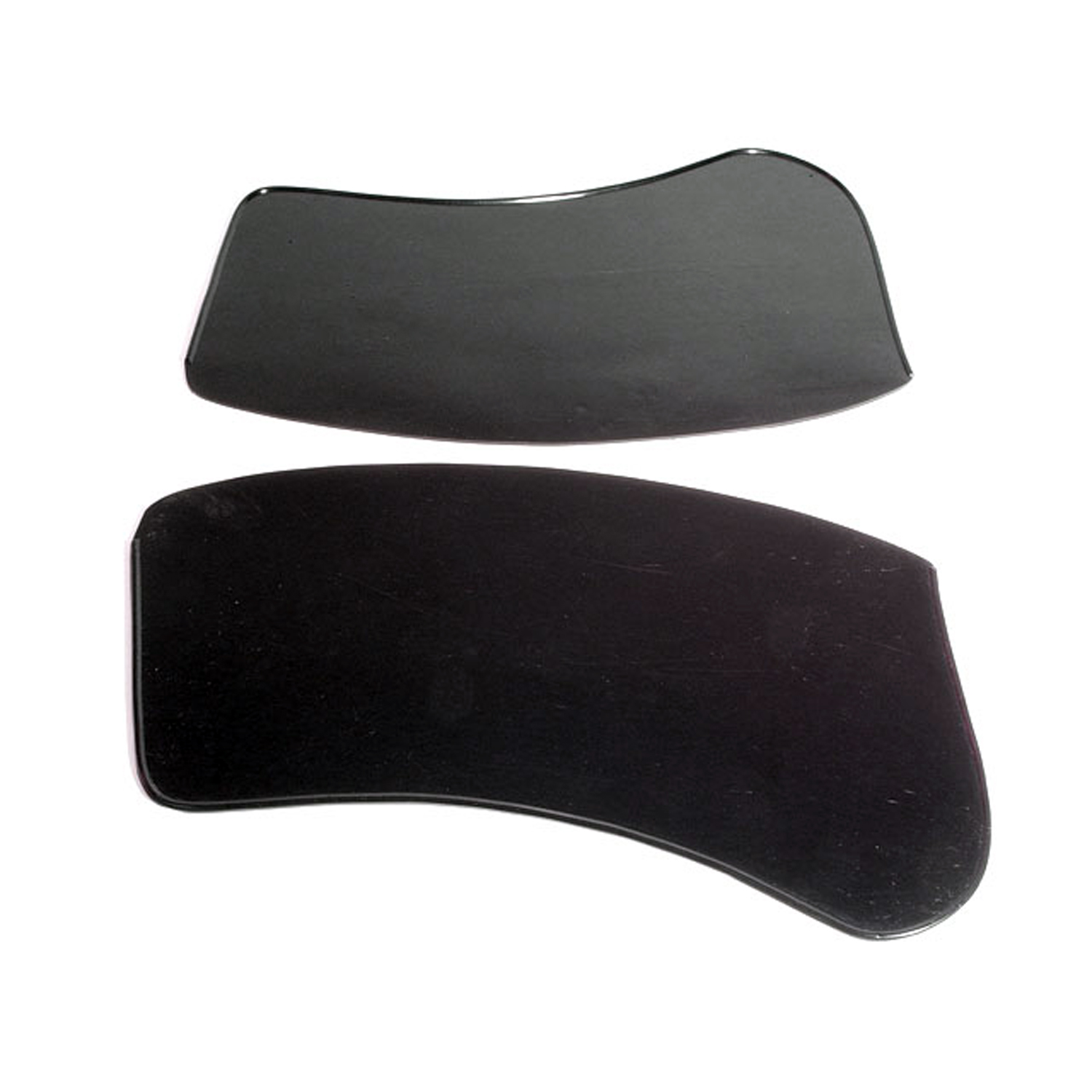 1940 LaSalle Series 50 Gravel Shields. Flat without metal backing plates-FS 25Gravel Shields. Flat without metal backing plates. Apply with contact cement. 16" long X 9" wide at top and 7-1/2" wide at bottom. Pair
1940 LaSalle Series 50 Gravel Shields. Flat without metal backing plates-FS 25Gravel Shields. Flat without metal backing plates. Apply with contact cement. 16" long X 9" wide at top and 7-1/2" wide at bottom. Pair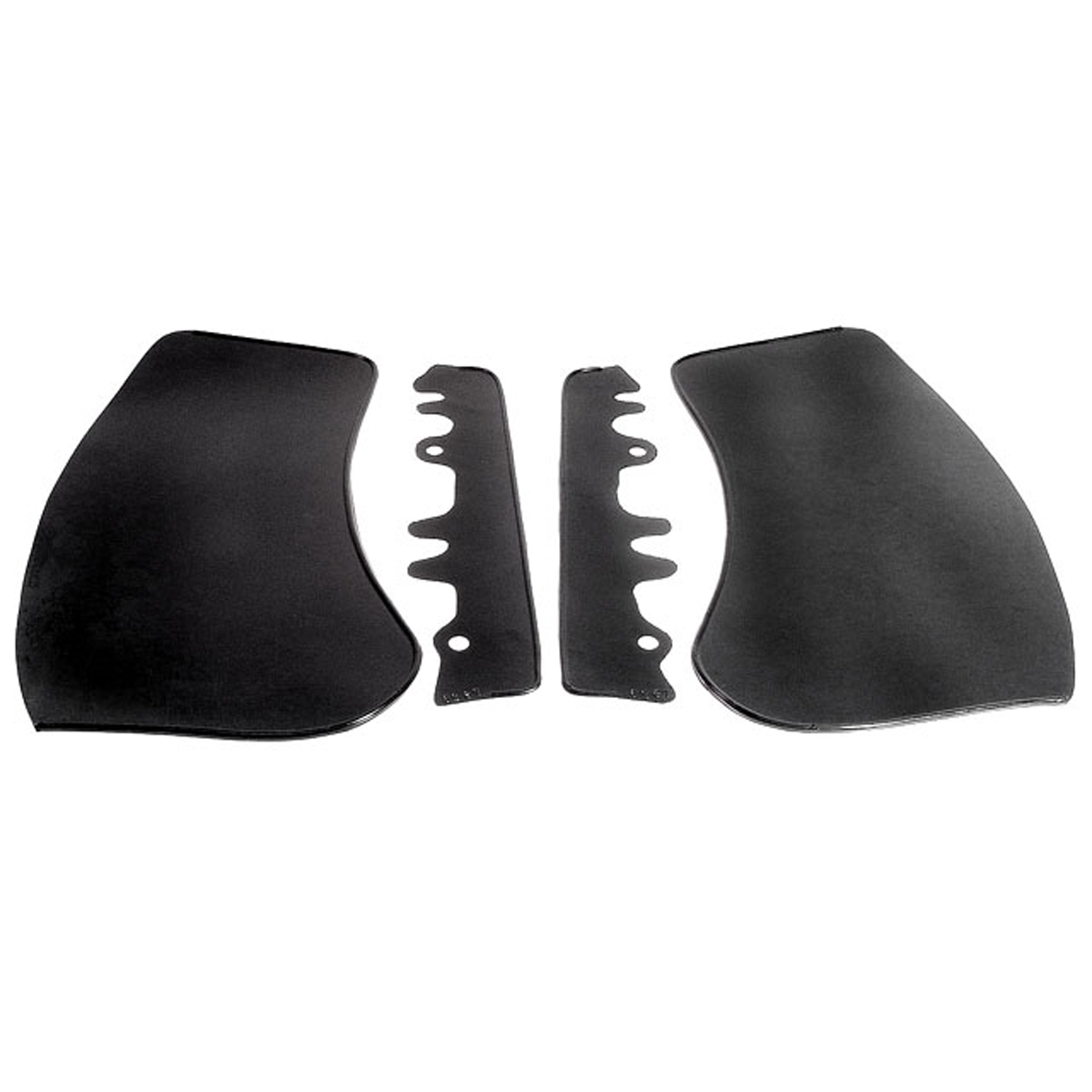 1940 LaSalle Series 50 Gravel Shields and Narrow Body Section Gravel Shields-FS 25-26Gravel Shields and Narrow Body Section Gravel Shields. Gravel Shields: 16" long X 8-1/2" wide at top and 6-1/2" wide at bottom. Narrow Body Section: 14" long, with beaded edge extending 1" along top and bottom. Complete 4-piece set
1940 LaSalle Series 50 Gravel Shields and Narrow Body Section Gravel Shields-FS 25-26Gravel Shields and Narrow Body Section Gravel Shields. Gravel Shields: 16" long X 8-1/2" wide at top and 6-1/2" wide at bottom. Narrow Body Section: 14" long, with beaded edge extending 1" along top and bottom. Complete 4-piece set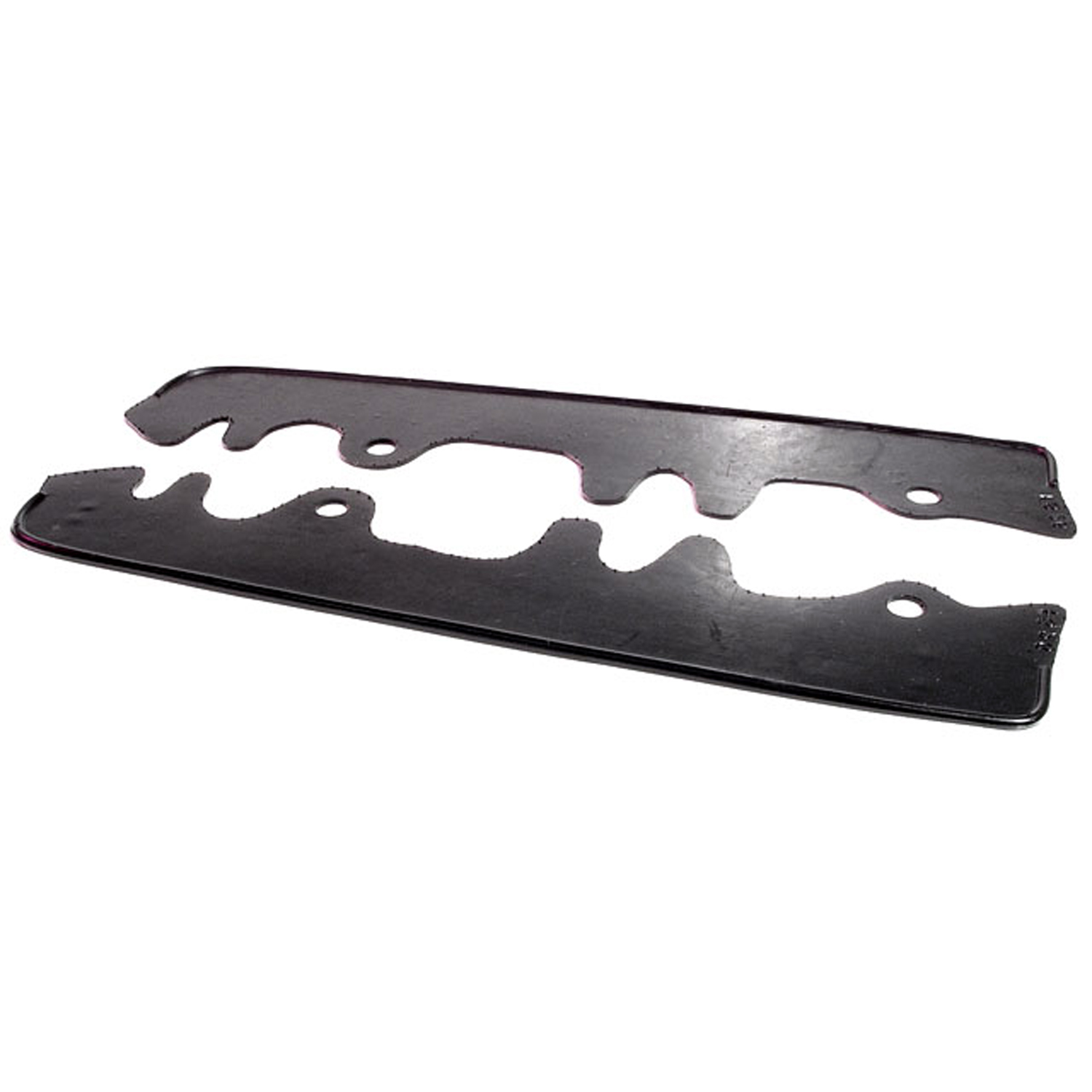 1940 LaSalle Series 50 Narrow Body Section Gravel Shields-FS 26Narrow Body Section Gravel Shields. This part used on most models. 14" long, with beaded edge extending 1" along top and bottom. Pair
1940 LaSalle Series 50 Narrow Body Section Gravel Shields-FS 26Narrow Body Section Gravel Shields. This part used on most models. 14" long, with beaded edge extending 1" along top and bottom. Pair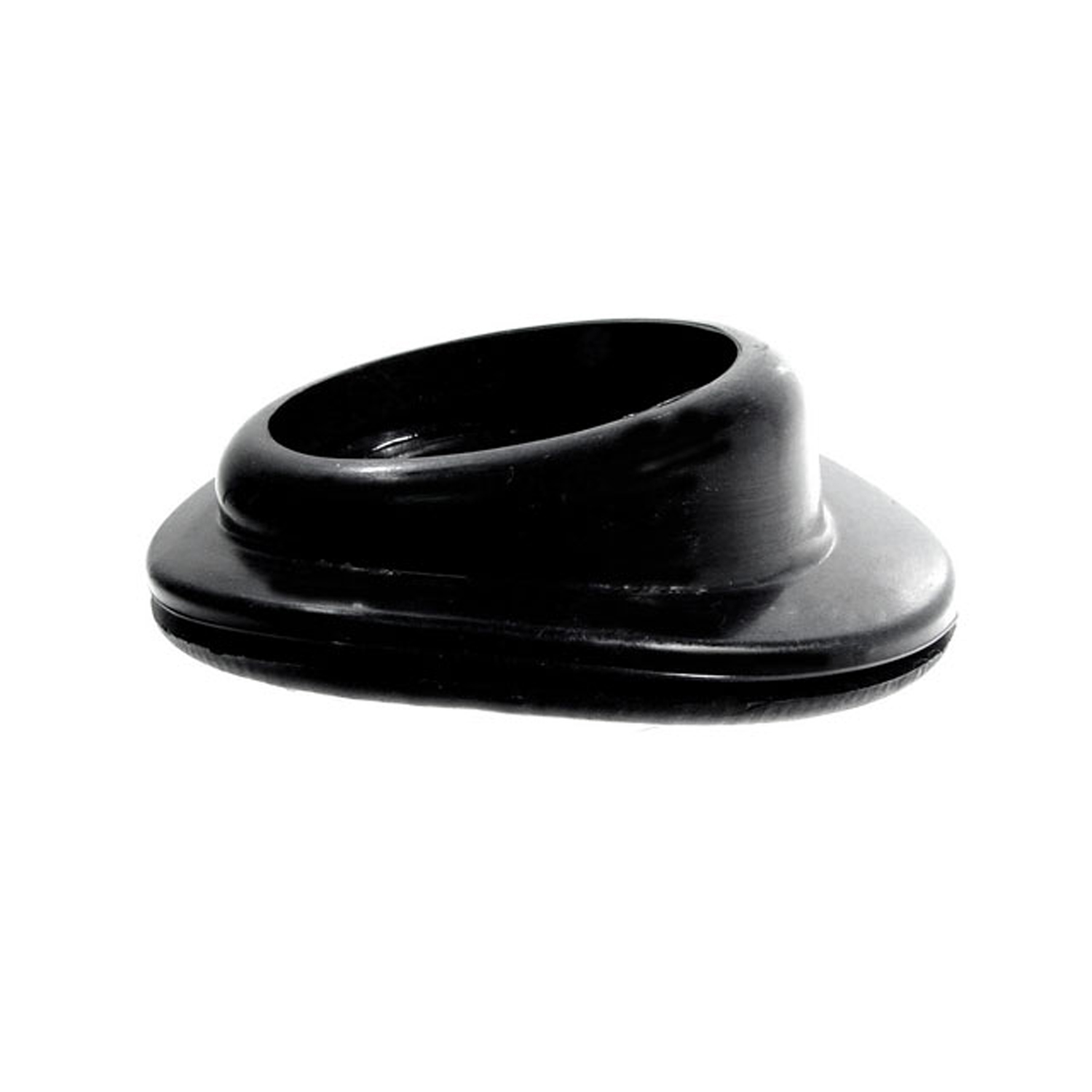 1940 LaSalle Series 50 Gas Filler Grommet. 4" long, 3-1/8" wide, 2-1/4" I.D-GF 41-AGas Filler Grommet. 4" long, 3-1/8" wide, 2-1/4" I.D. Each
1940 LaSalle Series 50 Gas Filler Grommet. 4" long, 3-1/8" wide, 2-1/4" I.D-GF 41-AGas Filler Grommet. 4" long, 3-1/8" wide, 2-1/4" I.D. Each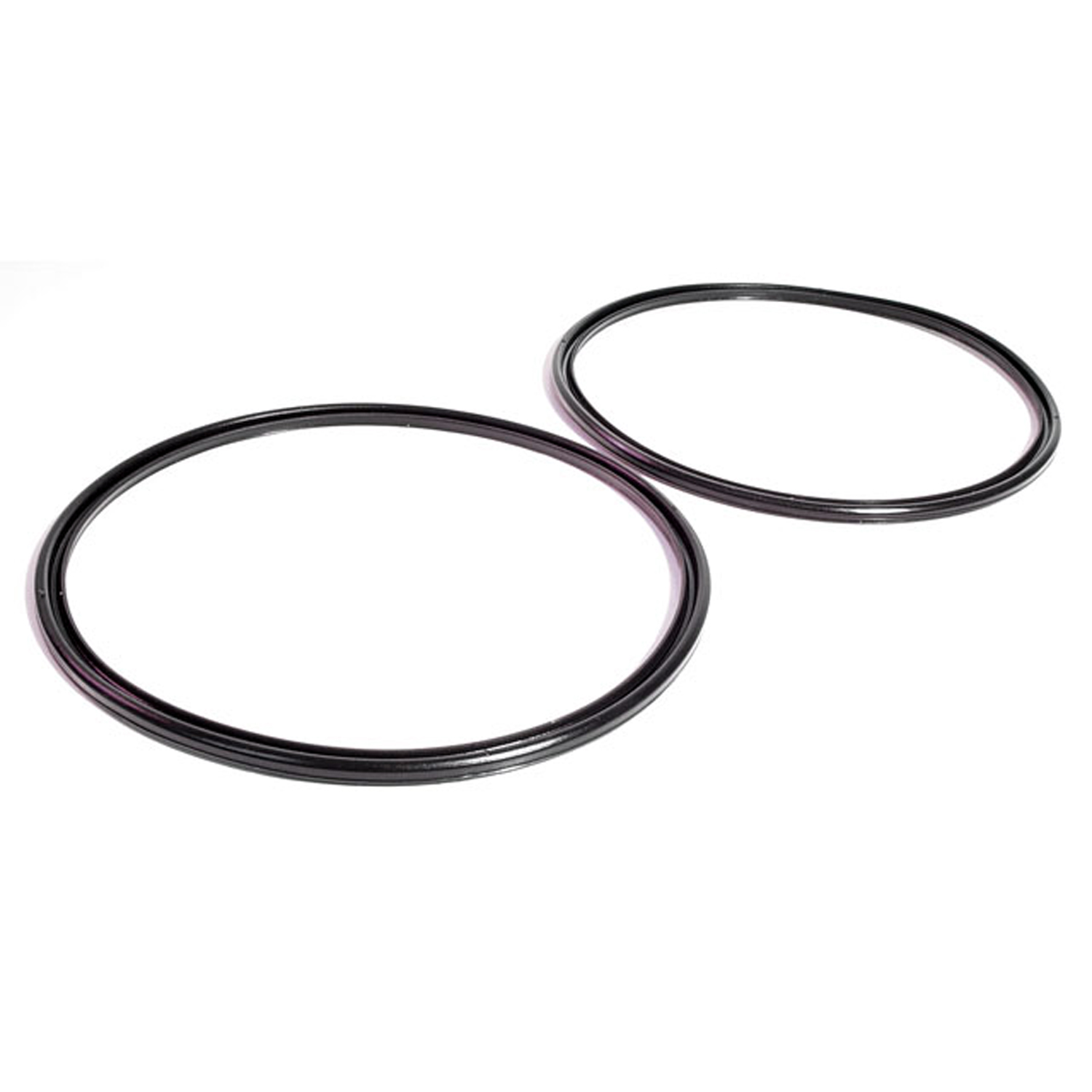 1940 LaSalle Series 50 Trim Ring Lens Seals. Rubber. 7-3/4" O.D., 7-1/8" I.D-HR 10Trim Ring Lens Seals. Rubber. 7-3/4" O.D., 7-1/8" I.D. Pair
1940 LaSalle Series 50 Trim Ring Lens Seals. Rubber. 7-3/4" O.D., 7-1/8" I.D-HR 10Trim Ring Lens Seals. Rubber. 7-3/4" O.D., 7-1/8" I.D. Pair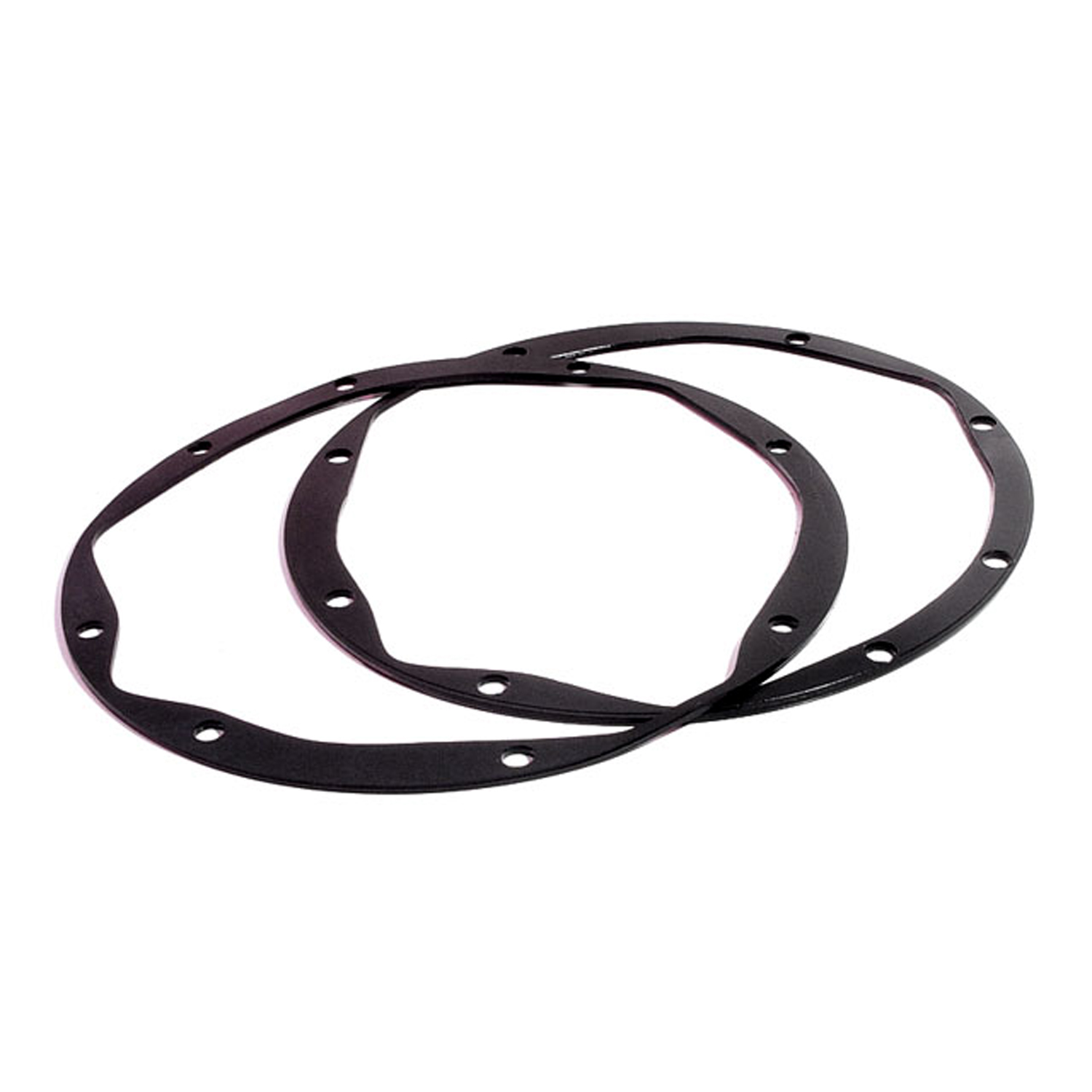 1940 LaSalle Series 50 Headlight Assembly Housing Pad. 8-3/8" O.D. Pair-HR 7Headlight Assembly Housing Pad. 8-3/8" O.D. Pair
1940 LaSalle Series 50 Headlight Assembly Housing Pad. 8-3/8" O.D. Pair-HR 7Headlight Assembly Housing Pad. 8-3/8" O.D. Pair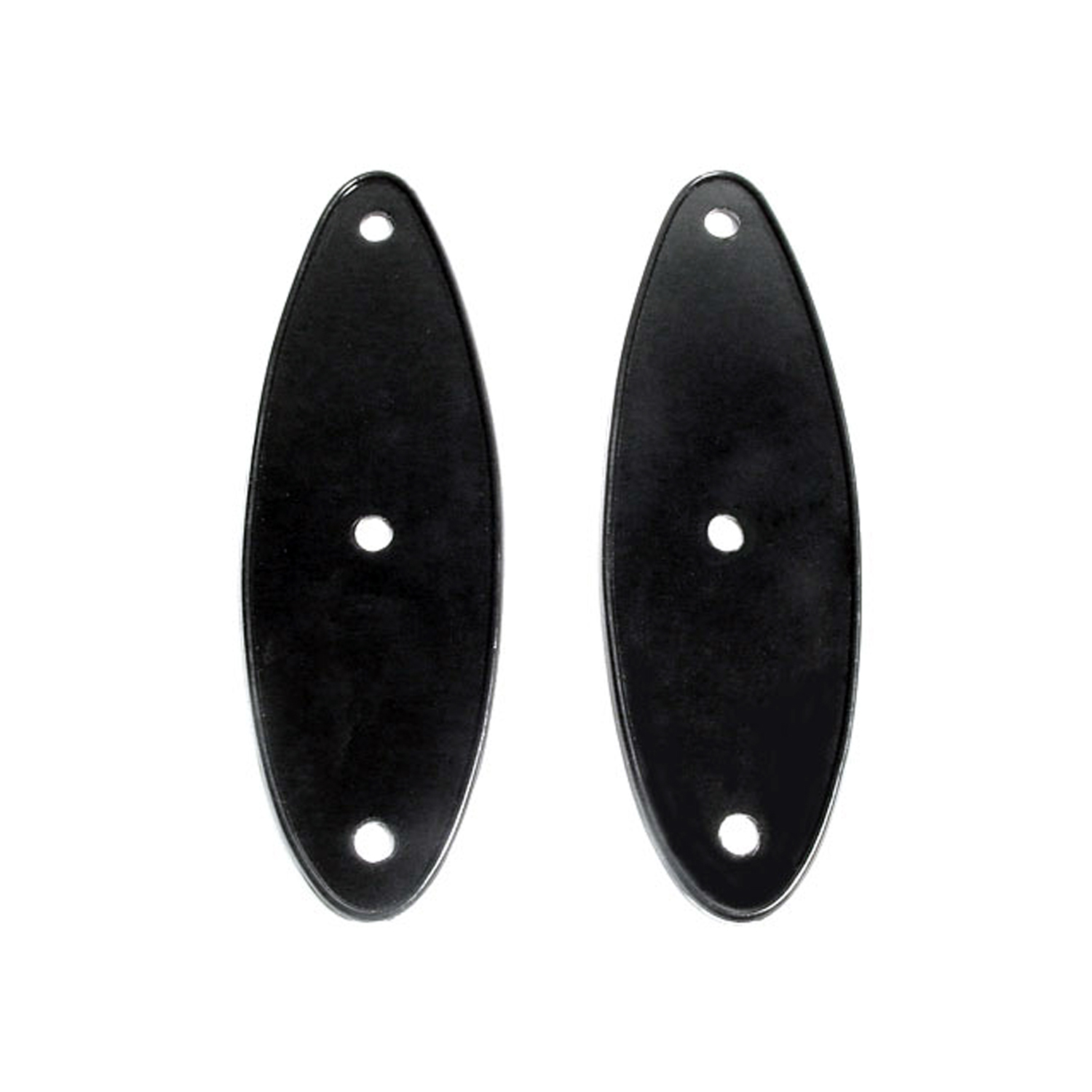 1940 LaSalle Series 50 Tail-Light Pads. Fits 2-1/2" wide metal. 3" wide X 9" long-MP 420Tail-Light Pads. Fits 2-1/2" wide metal. 3" wide X 9" long. Pair
1940 LaSalle Series 50 Tail-Light Pads. Fits 2-1/2" wide metal. 3" wide X 9" long-MP 420Tail-Light Pads. Fits 2-1/2" wide metal. 3" wide X 9" long. Pair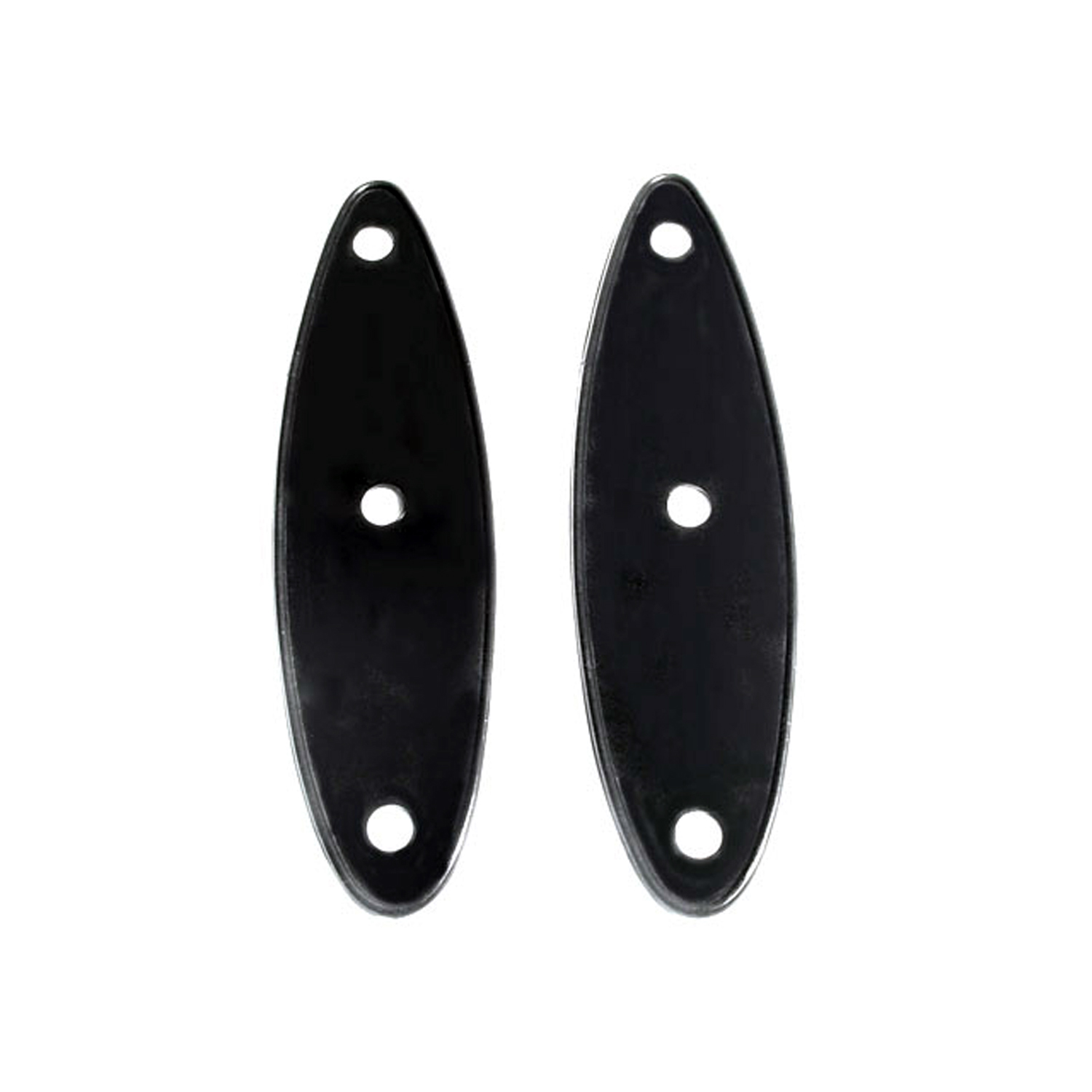 1940 LaSalle Series 50 Tail-Light Pads. Fits 2-1/8" wide metal-MP 421Tail-Light Pads. Fits 2-1/8" wide metal. 2-1/2" wide X 8-7/8" long. Pair
1940 LaSalle Series 50 Tail-Light Pads. Fits 2-1/8" wide metal-MP 421Tail-Light Pads. Fits 2-1/8" wide metal. 2-1/2" wide X 8-7/8" long. Pair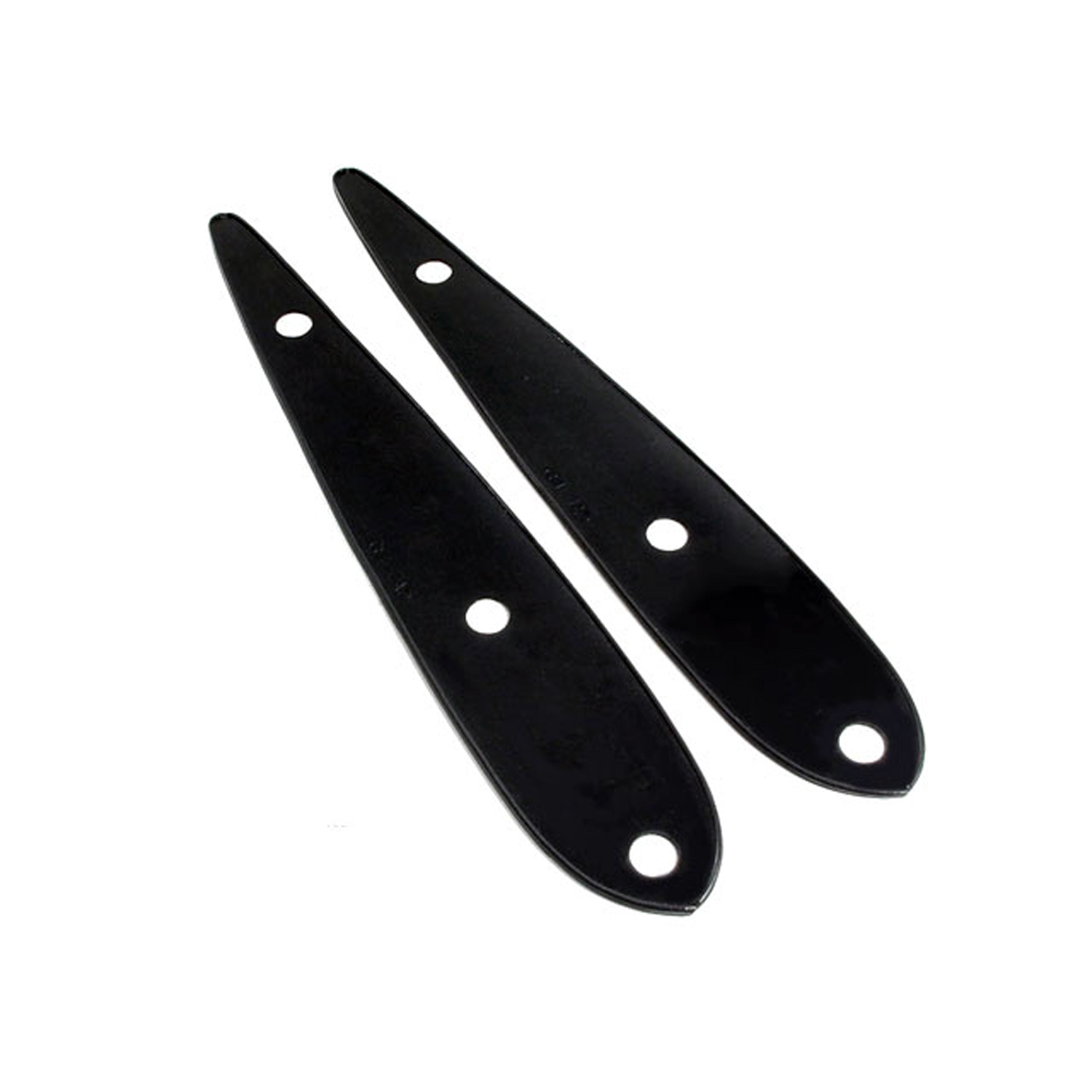 1940 LaSalle Series 50 Park Light Pads. 2-5/8" wide X 15" long. Pair-MP 430Park Light Pads. 2-5/8" wide X 15" long. Pair
1940 LaSalle Series 50 Park Light Pads. 2-5/8" wide X 15" long. Pair-MP 430Park Light Pads. 2-5/8" wide X 15" long. Pair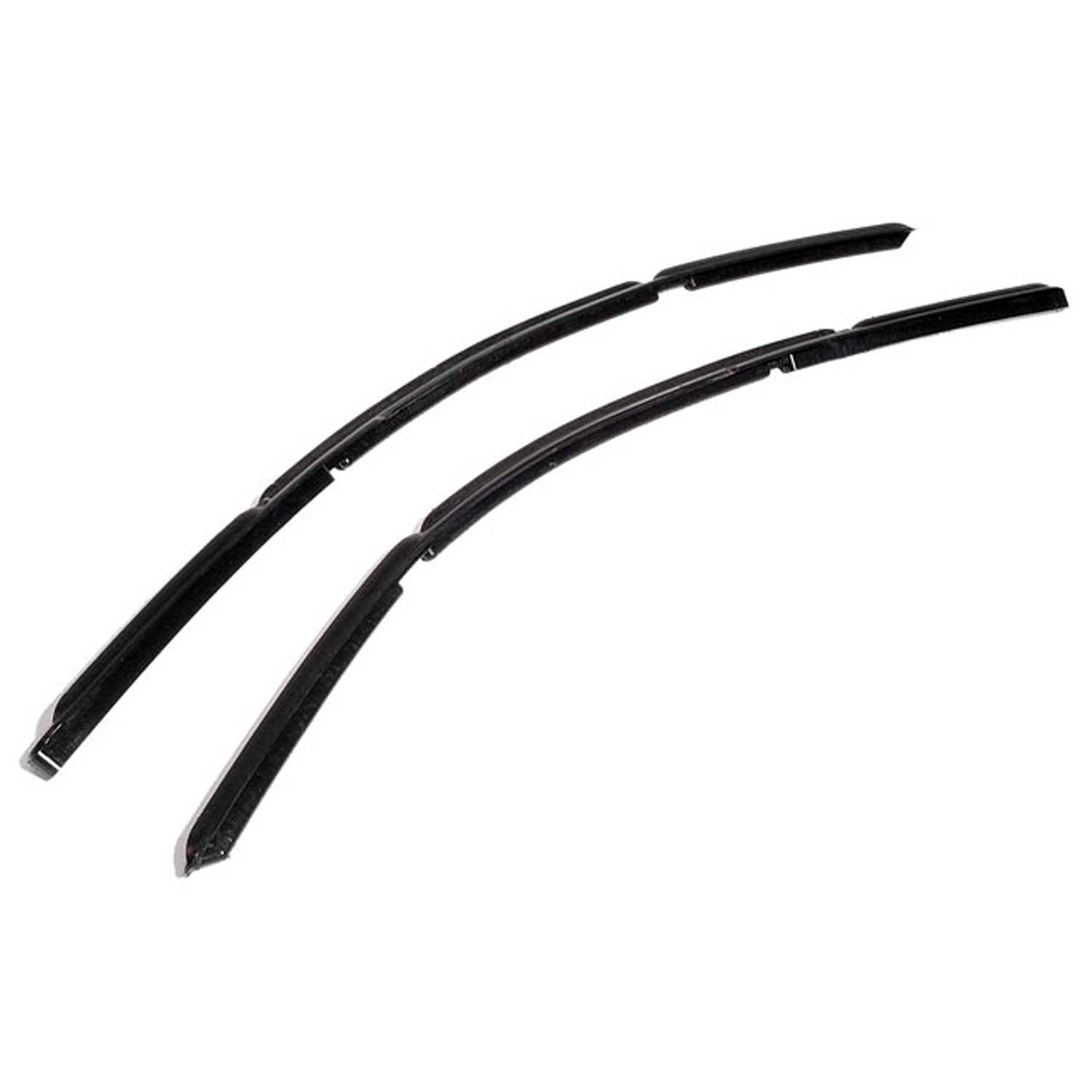 1940 LaSalle Series 50 Front Vent Window Seals, for Convertibles. Pair R&L-WR 7303Front Vent Window Seals, for Convertibles. Pair R&L
1940 LaSalle Series 50 Front Vent Window Seals, for Convertibles. Pair R&L-WR 7303Front Vent Window Seals, for Convertibles. Pair R&L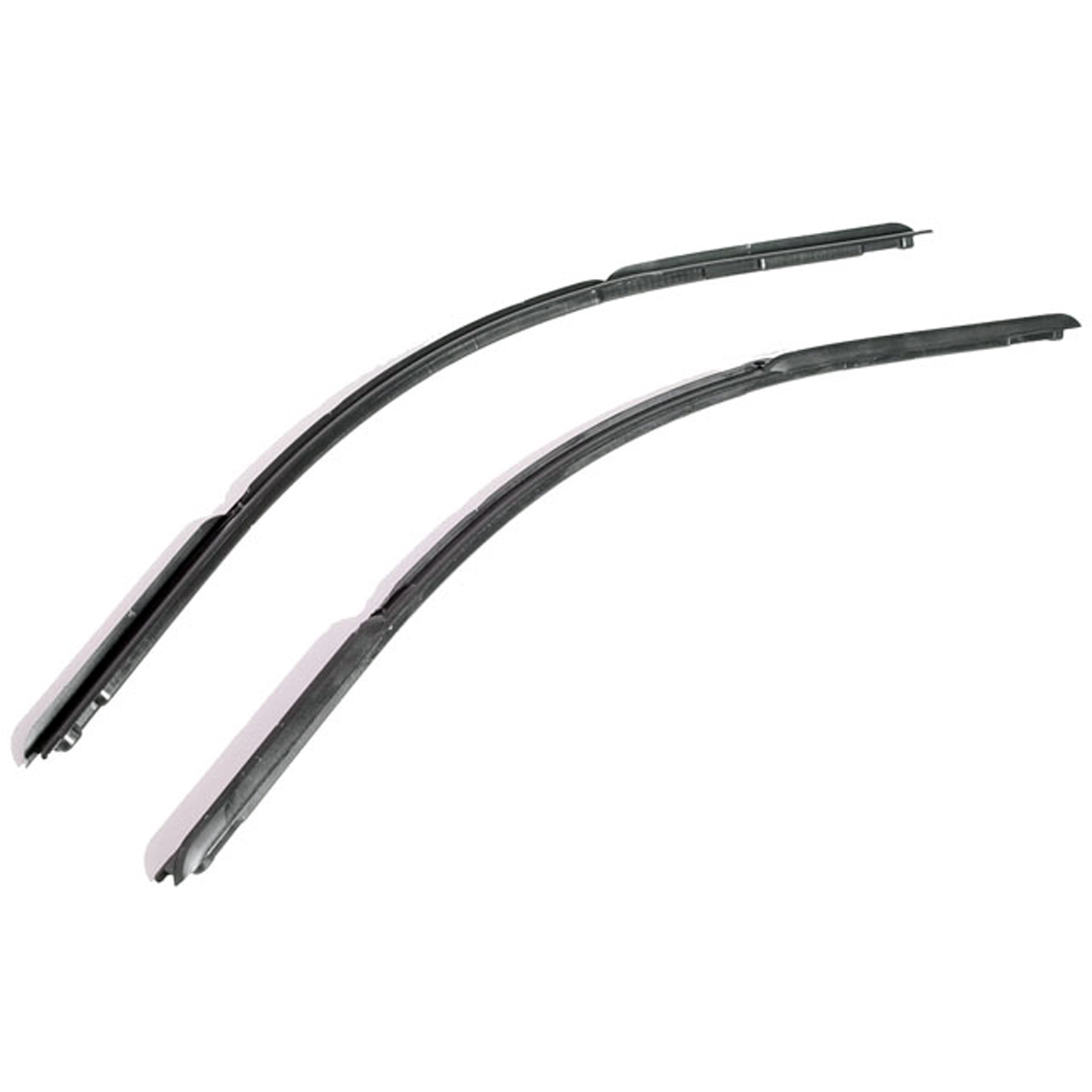 1940 LaSalle Series 50 Front Vent Window Seals. Does not fit Convertible-WR 7306Front Vent Window Seals. Does not fit Convertible. Pair R&L
1940 LaSalle Series 50 Front Vent Window Seals. Does not fit Convertible-WR 7306Front Vent Window Seals. Does not fit Convertible. Pair R&L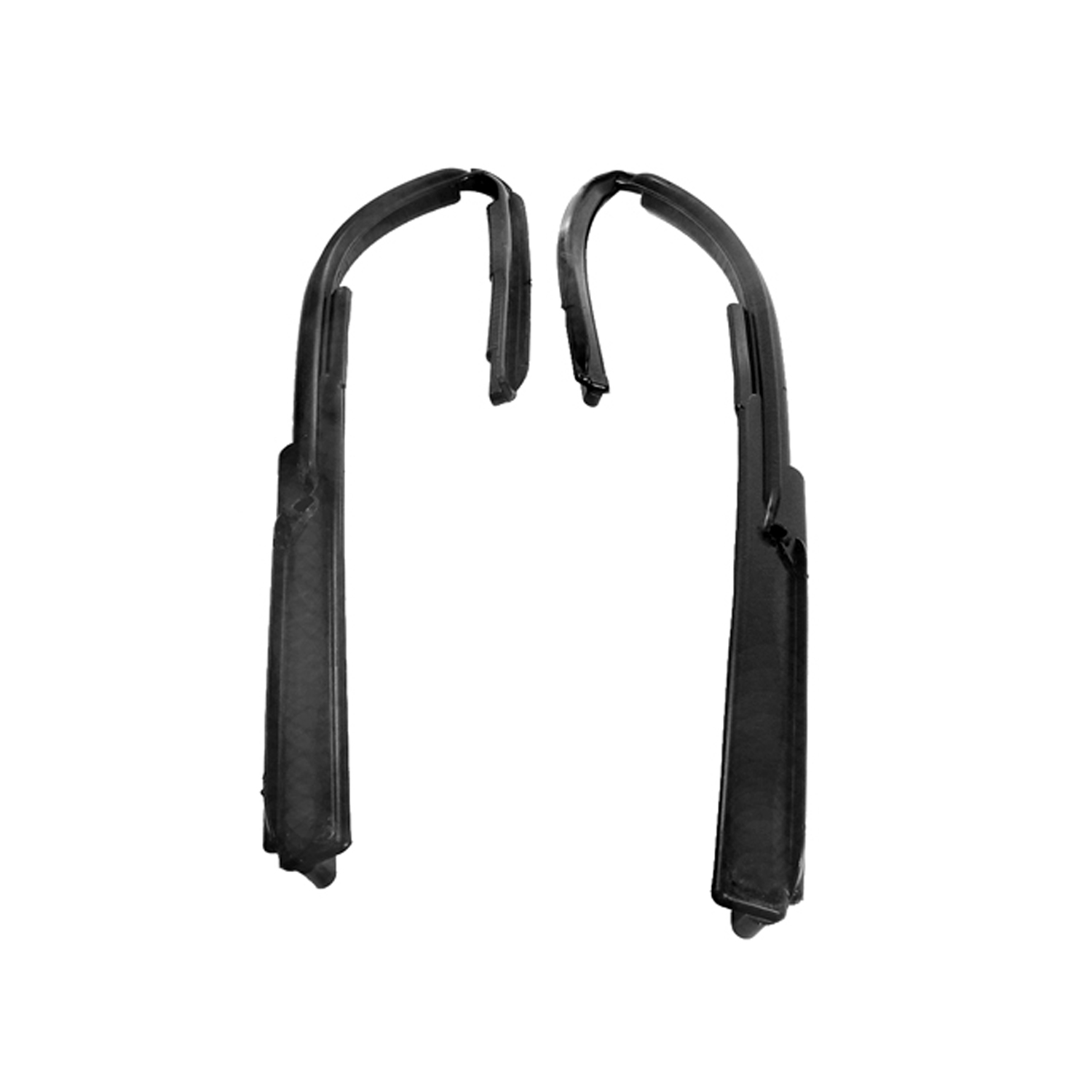 1940 LaSalle Series 50 Front Vent Window Seals, for Convertibles. Pair R&L-WR 7310Front Vent Window Seals, for Convertibles. Pair R&L
1940 LaSalle Series 50 Front Vent Window Seals, for Convertibles. Pair R&L-WR 7310Front Vent Window Seals, for Convertibles. Pair R&LWhy Choose Metro?
For over 100 years, Metro Moulded Parts has been the pinnacle of quality in classic car restoration parts. Our commitment to precision and authenticity in every component ensures a perfect fit and an OEM-level appearance.
- Expert Craftsmanship & Quality: Each part is a testament to our dedication to reliability and perfection, crafted from original designs and thoroughly tested.
- Advanced Technology: We use cutting-edge techniques to create flawless, long-lasting parts that surpass others in performance.
- SuperSoft Sponge – The Ultimate Door Seal: Not only are our door seals 30% softer than competitors', but they're also guaranteed to never leak. They effectively reduce wind and road noise, enhancing your classic car's comfort and driving experience.
- Proudly American: Our parts are a product of American craftsmanship, made in the USA with a spirit of excellence and heritage.
- Unrivaled Warranty: We back our products with a 30-year industry-leading warranty, a testament to our confidence in their quality.
Join us in preserving the legacy of classic cars with parts that are crafted for perfection, not just made.

